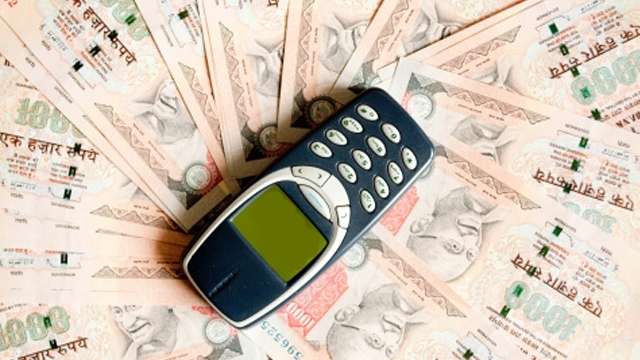Global mobile money adoption will be slow process

Mobile payment services are slowly but surely gaining presence in India, with banks, global payment companies, mobile financial solution providers, and telecom vendors getting together onboard.

The success of mobile money is simply because the number of mobile phone owners far exceeds the number of people with bank accounts in India. Furthermore, sending money can be as simple as sending an SMS text message.
Fundamo, which is an offshoot of global payments giant Visa, estimates that some 1.7 billion people worldwide have a mobile device and are economically active, even though they don’t have a bank account.
Driving global adoption a slow process
However, implementing the technology for something useful and convincing people to adopt it is a slow process. Companies are building antennas and chips into mobile phones allowing interactive pay terminals and other devices equipped with short-range sensors.
To make a payment in a store with a mobile phone it needs to be properly equipped with Near-Field Communication (NFC) hardware and software. Also, the store needs to have the proper equipment and training, and the telecom provider needs to support the transaction, Furthermore, banks and payment processors also need to be involved in the process.
Visa has announced an alliance with Samsung to take charge of the security element in the release of the Galaxy S4. Basically, the security element is like having a safe within the mobile phone, thus allowing access control for credit cards, debit cards, and other verified documents to be stored.
On the contrary, the GSMA, an association of nearly 800 mobile operators around the world, would rather see the security element within the subscriber identity module, or SIM card, instead. That is, instead of having it unique to the device, it should be unique to the SIM card, thus identifying both the user and mobile number to the network, as SIM cards are issued in a more secure manner versus buying any mobile phone or using the same SIM card in different mobile devices.